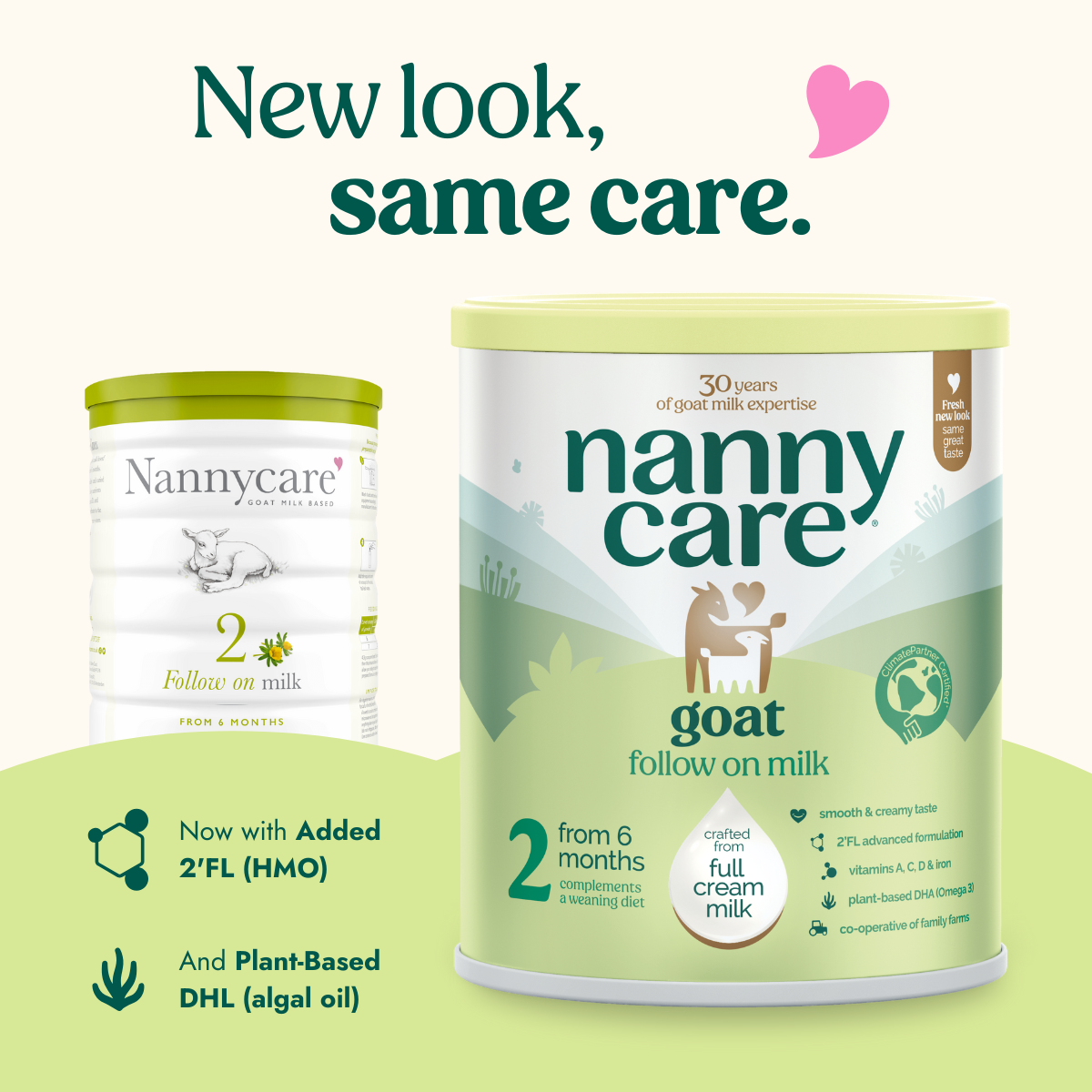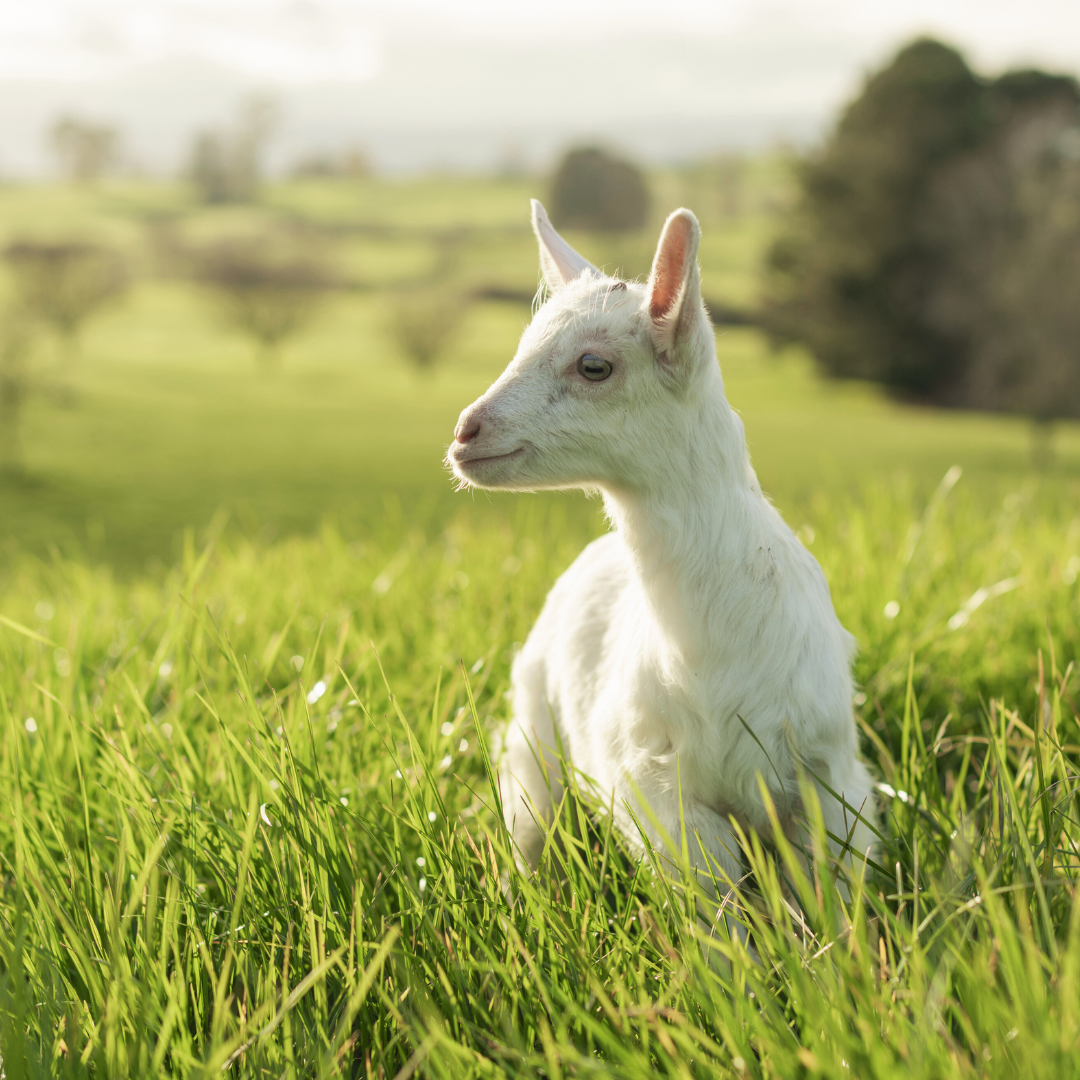When parents look at goat milk formula, it can seem like all brands are similar. But there are important differences in how each formula is made.
Nannycare Goat contains double the whole goat milk compared to Kendamil*, with around 30% less vegetable oil thanks to the extra natural milk fat we keep from whole goat milk. It also contains 2’-Fucosyllactose (2’-FL), a true Human Milk Oligosaccharide (HMO).













